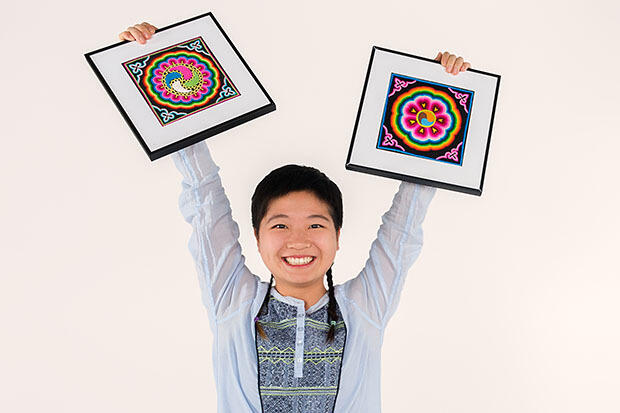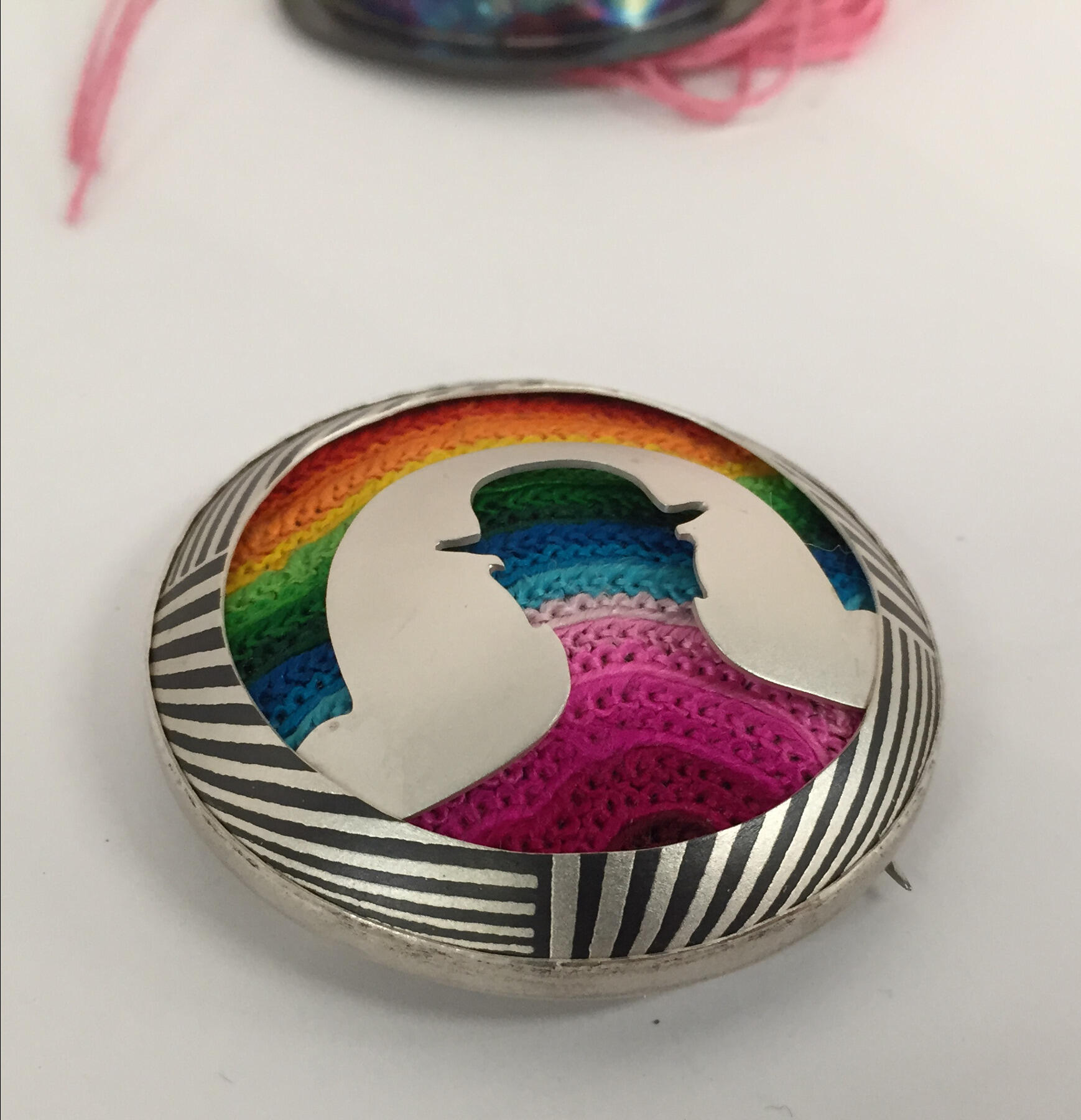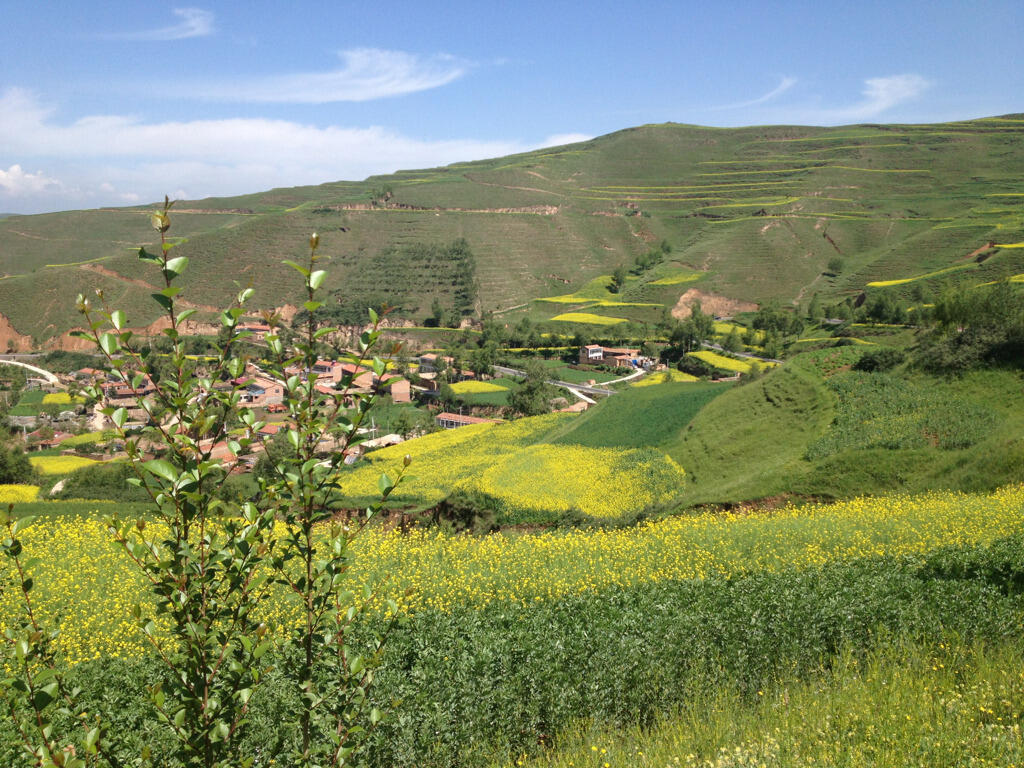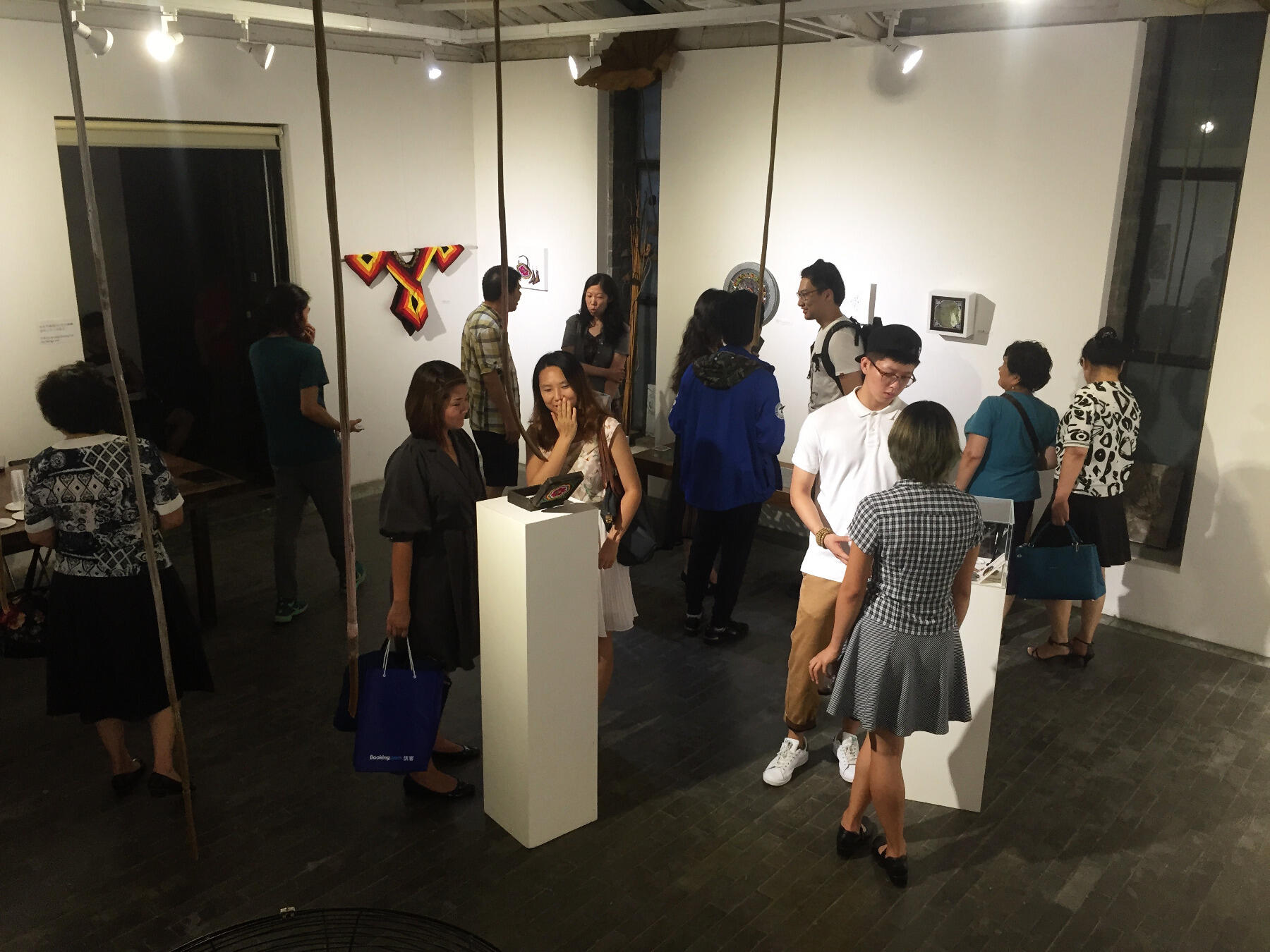
April 13, 2016
Real research: Cassie Sun’s research aims to revive a traditional, disappearing embroidery technique from Qinghai, China
Share this story

Cassie Yushan Sun was at an arts and culture conference in China when she first encountered an obscure double-thread stitching technique called Panxiu, which produces beautiful embroidery through a painstaking process. She was astonished by the results. “The colors were so vibrant,” she said. “It was really like nothing I’d ever seen before.”
Employment of the technique is largely limited to members of the Tu minority in the small Huzhu tribe in Qinghai, China, and Sun was discouraged to hear Panxiu was declining in use and could one day disappear altogether. The Huzhu are far removed from mainstream Chinese culture because of their considerable physical distance from urban areas, and Panxiu embroidery has never found a footing in the broader Chinese marketplace — demand is low and so are prices, making the time-consuming work economically inefficient.
In response, Sun, a native of Beijing, traveled to the remote area in Qinghai where the Huzhu reside and moved in with a family for several weeks. She shared a bed with one of her female hosts, ate the local bread three times a day, endured the lack of running water and learned Panxiu from the women who were its masters — the only ones in the world. In her mind, she was there to save something precious.

I had this idea that I could be the person to pass it down.
“I had this idea that I could be the person to pass it down,” Sun said.
Sun’s appreciation for Panxiu only grew as she learned it herself. After her trip, she struggled with the best approach to helping ensure the technique survived. She wanted to provide support to the Huzhu people but she did not want to insert herself too conspicuously — to disrupt their lives and behave as some prospective outside savior. She wanted any decisions about the spread of Panxiu to be theirs.
Sun ultimately conceived of the idea of promoting this vanishing technique to the world with the help of other artists. Sun, now a senior craft and material studies major in the Virginia Commonwealth University School of the Arts, developed an exhibition that would be held both in the United States and in China, featuring the work of a collection of artists using different media to create wholly new pieces using existing Panxiu works.
The result was “The Reviving Project,” a Chinese-American collaborative exhibition that was shown in both Richmond and Beijing in 2015. Selected works from the show were reserved for the permanent collection of the Bureau of Culture in Qinghai, and a percentage of the profit from sales from the exhibition went to both the Bureau of Culture and the Huzhu artisans as a return on their material and financial support. All but one of the 14 artists whose works were featured in the exhibition were either VCU students, faculty or alumni. Pieces included clothes, accessories, jewelry and other artworks.
Sun said the distinctive approaches the artists took to implement Panxiu pieces into their work surprised her and provided her with a deeper appreciation for a technique she already loved.
|
Research Weeks Each spring, VCU shines a spotlight on student research during Research Weeks, a series of events that takes place on both campuses and covers a wide range of disciplines. In honor of Research Weeks, we’re sharing the stories of six undergraduates who’ve had the chance to do meaningful and creative projects thanks to the Undergraduate Research Opportunities Program. See more stories by clicking on links in the “Related stories” section or learn more about the lineup of events for this year’s Research Weeks. |
“They really changed my way of thinking about it,” she said.
Key to guiding Sun through the complex process of developing and staging an exhibition on two continents was the mentorship of Kristin Caskey, associate professor of fashion in the School of the Arts. Susie Ganch, associate professor and head of the Metal Program in the Department of Craft and Material Studies, had directed Sun to Caskey to help her with the project because Panxiu seemed to lend itself to fashion and because Caskey had extensive experience with international and community-oriented projects.
Sun said Caskey helped her navigate the many organizational challenges associated with the project, including applying for grants. The Reviving Project ultimately received support from the VCU Global Education Office Summer Research Fellowship, the School of the Arts Dean’s International Study Grant and the Bureau of Culture in Qinghai.
Caskey said Sun proved to be a driven, industrious and unfailingly enthusiastic leader. Her exuberance, in fact, was infectious for Caskey and others who became involved in the project. No matter the obstacles or setbacks, she always kept things moving forward. Sometimes, Caskey said, artists have great ideas but they don’t pursue them because “they don’t want to bring hassle into the process.” Sun did not succumb to that tendency.
“She was empowered by other people, and, in turn, they were empowered by her,” Caskey said. “It was very inspiring.”
Caskey was also impressed with the thoroughness of Sun’s research into Panxiu and the Huzhu people. She was not just focused on the work itself but on the ethical and cultural issues surrounding the work. Ultimately, Sun made herself an expert before she did anything — a particular challenge since textiles are not even her area of study (she specializes in metalsmithing).
“She was not going into this project without fully understanding it,” Caskey said.
The result, Caskey said, was a successful project that not only honored Panxiu but led to the creation of something original through the work of the collaborating artists.
Sun’s work with Panxiu is not finished yet. She hopes to expand on her initial work to include other artists beyond the Richmond area. She said she realized through “The Reviving Project” that she can heighten her impact when she is part of something larger, rather than merely operating as a lone artist.
Sun said she has grown on a number of levels through her Panxiu efforts. She learned to manage a cross-continental project that required working with both fellow artists and government officials, while juggling a variety of administrative details. As an artist, she also saw how her research could influence her work — she says research will “definitely” play a central role in her art going forward — and found that the work other artists performed for the project “pushed me to try new directions.”
On reflection, in fact, Sun seems most excited about the questions her exploration into Panxiu has raised for her, rather than the ones she managed to answer.
“I understand how much I haven’t learned yet,” Sun said. “And I’m excited.”

Subscribe to VCU News
Subscribe to VCU News at newsletter.vcu.edu and receive a selection of stories, videos, photos, news clips and event listings in your inbox.











